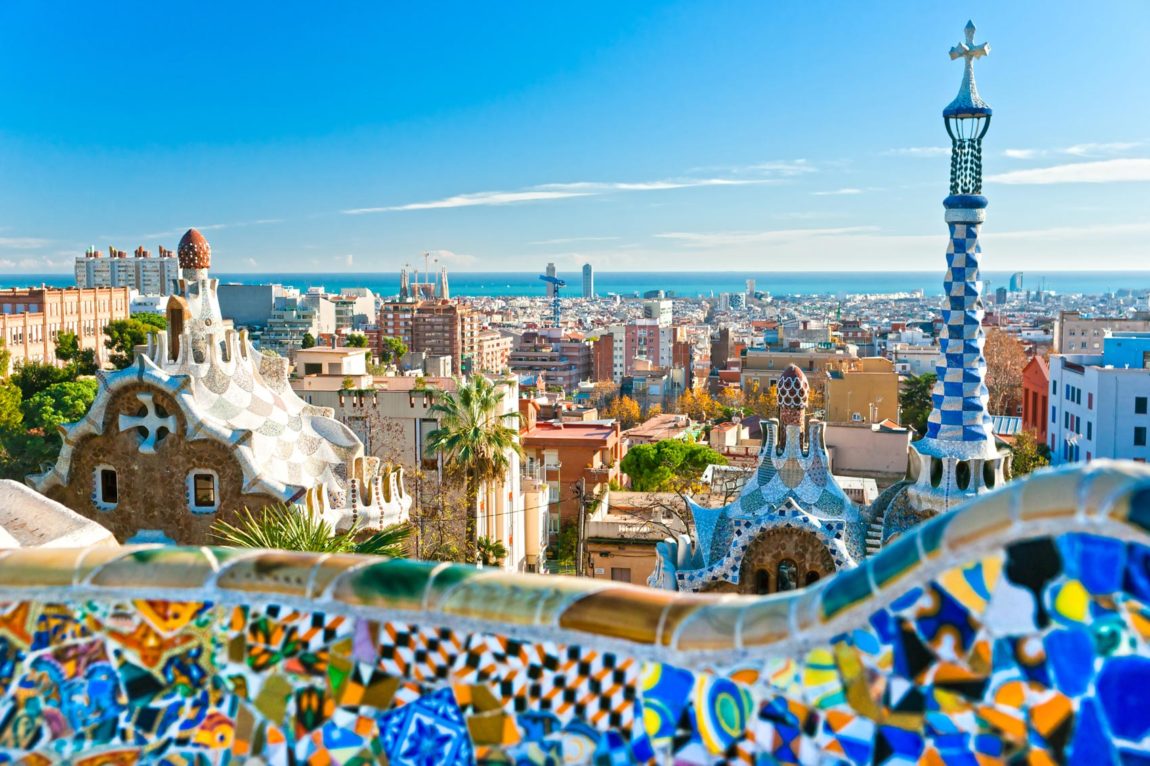The sparkling warm waters of the mighty Mediterranean connect the continents of Europe, Africa, and Asia. Its shores, known as the “cradle of civilization,” gave rise to many of the world’s oldest societies. Today, the Mediterranean region is home to 480 million people and several countries — each of which boasts plenty of bucket-list sites that are worth exploring.
Gibraltar, United Kingdom
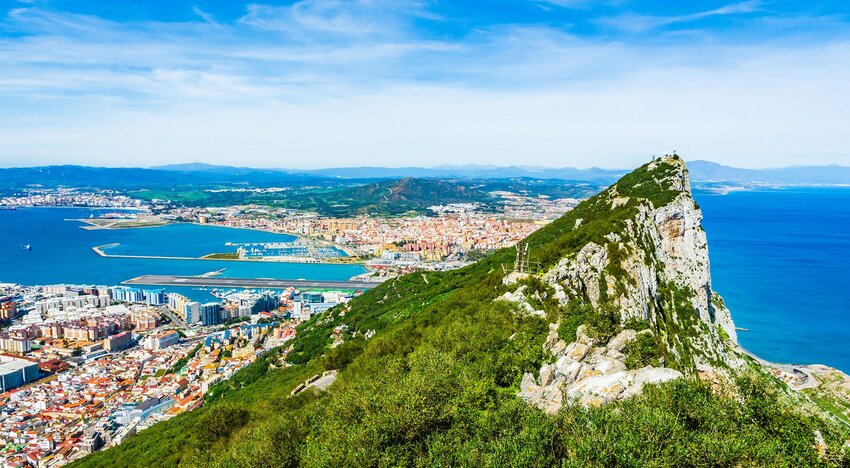
In ancient times, Gibraltar was known as one of the two “Pillars of Hercules,” marking the mouth of the Mediterranean and the start of the Atlantic Ocean. Today, locals call this United Kingdom overseas territory “The Rock” — a reference to its dramatic geology. At the top of the limestone cliff lives Europe’s only population of wild monkeys, Barbary macaques, whose habits include sunbathing and stealing food from unwitting tourists. If you’d like some peace and quiet, there are also an impressive number of laid-back beaches where luxury yachts float peacefully and Gibraltarians sip Spanish sangria with their British fish and chips.
Barcelona, Spain
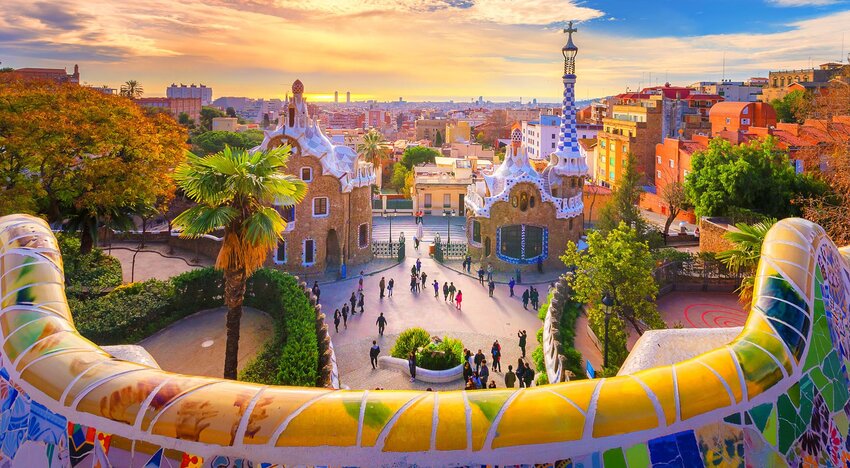
The Catalan capital is the creative turf of one artist: Antoni Gaudí. From the quirky and vibrant Park Güell, which overlooks the city, to Sagrada Familia — the iconic cathedral that has so far taken 139 years to build and won’t be complete until 2026 — Gaudí’s modernist signature is everywhere you look. Art lovers can seek out more of Gaudí’s unique architecture in the city’s offices and houses, but a stroll along Las Ramblas or a hike up monastic Montserrat will also provide plenty of cultural delight.
Calanques National Park, France
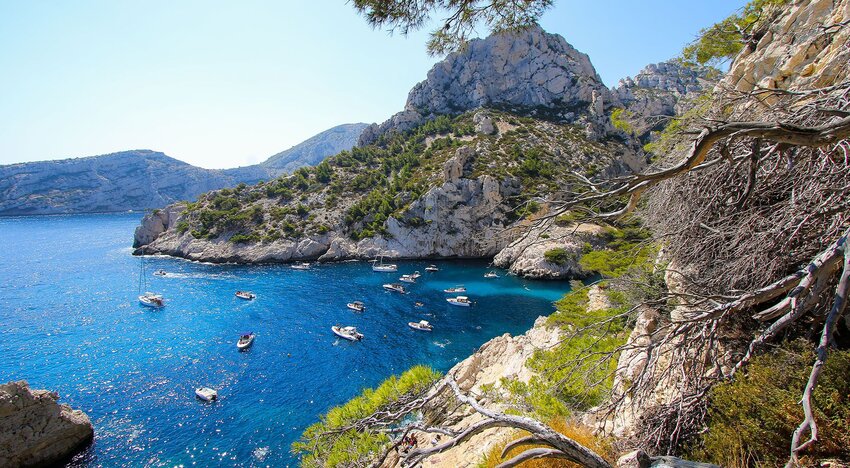
The only National Park in Europe to encompass coastal, forested, and urban areas, Calanques National Park is a brilliant place to catch a breath of fresh air in the French Riviera. The namesake calanques are shallow and tranquil seawater-filled inlets, usually with a hidden beach at the end. Snorkelers and divers can encounter 60 protected marine species in the waters, but you can also choose to sprawl out on the shore, soak up the sunshine, and take in the scent of the wild pines.
Pompeii, Italy
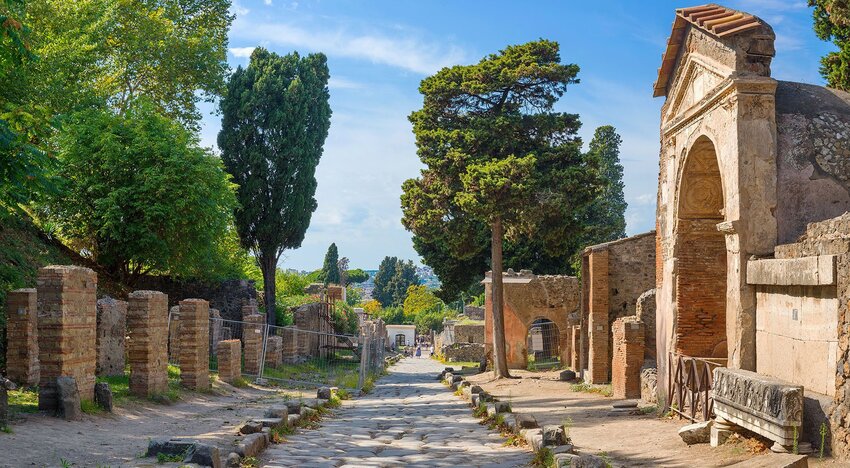
Although this archaeological site was a result of the tragic eruption of Mount Vesuvius in 79 CE, the layers of ash actually helped to preserve Pompeii for 17 centuries. Situated on the beautiful bay of Naples, Pompeii has vastly expanded our knowledge of what everyday life was like in the Roman Empire. There’s even evidence of loaves of bread being baked at the very moment the catastrophic volcanic eruption destroyed the town. Two paths through the ruins will show you additional aspects of life in this ill-fated city.
Split, Croatia
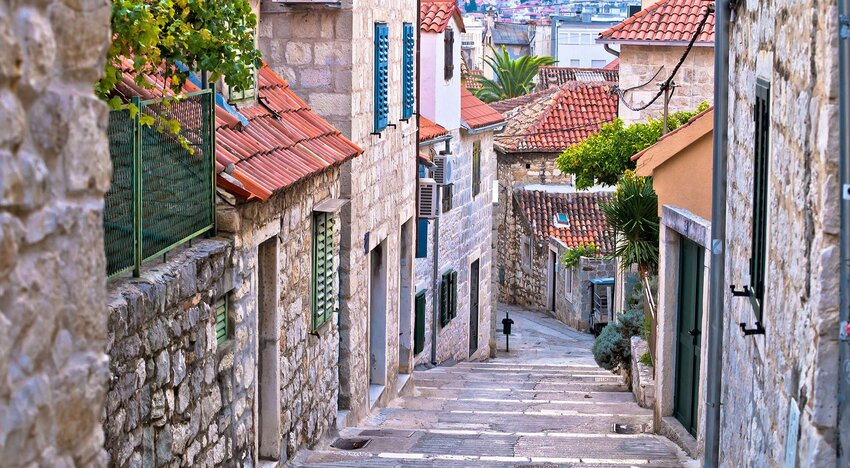
Croatia’s second city is the largest on the Adriatic and offers a gorgeous alternative to bustling Dubrovnik. If Roman history is your thing, you’ll love the fourth-century Diocletian’s Palace, an incredibly intact and ornate example of an emperor’s luxurious residence. There’s also a third-century temple to the god Jupiter in town. Spend the day immersing yourself in the ancient world before enjoying a warm Mediterranean night with a sunset cruise, an evening swim, or a bite of Croatian delicacies along the seafront.
Athens, Greece
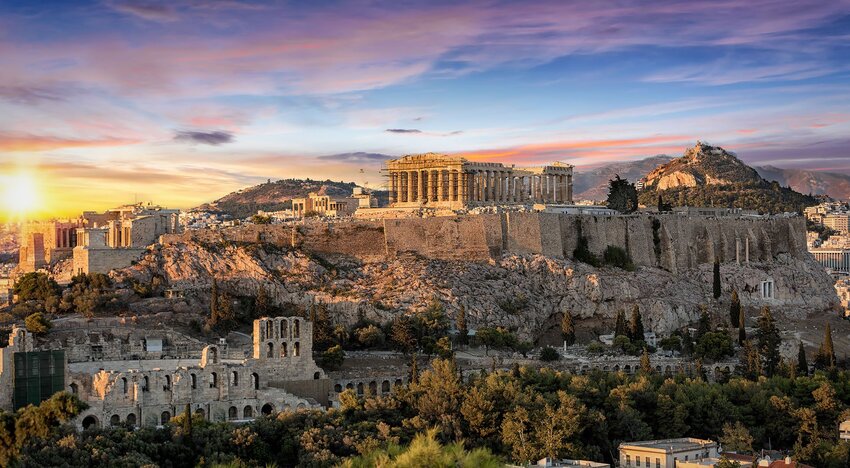
Europe’s southernmost capital typifies the Mediterranean lifestyle. Aside from the awe-inspiring Acropolis and other ancient sites, Athens boasts loud markets and laid-back kafeneio (traditional coffee shops) that exude character. Speaking of coffee, the Greeks drink two kinds: earthy Ottoman-style grounds and frappé, the wildly popular iced coffee that was invented by accident in Greece. Nothing could be more Greek than sipping one at the peak of one of Athens’ seven hills overlooking the Aegean sea.
Tyre, Lebanon
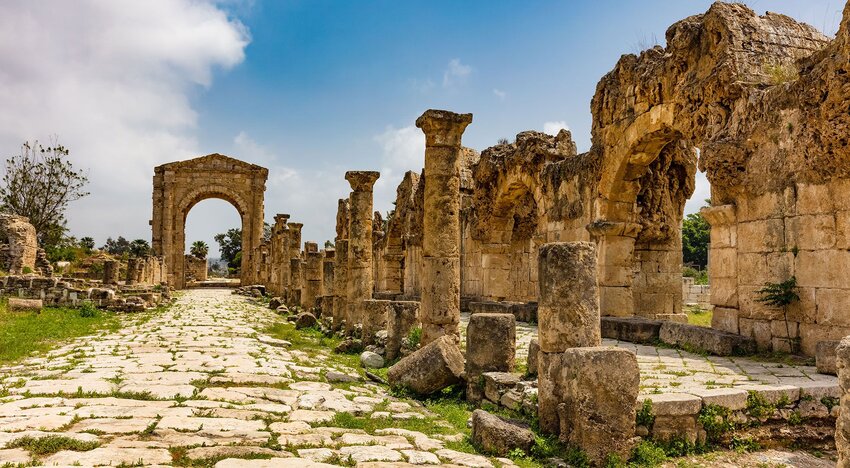
Tyre is sometimes referred to as the “Queen of the Seas,” possibly because of its dazzlingly rich past. Dating back to the Phoenician era, the town is believed to have invented purple dye, once an expensive product associated with royalty. The Romans also made their mark on Tyre, constructing a hippodrome that held 20,000 spectators — the largest ever discovered. Explore the Hippodrome and more at the Al Bass archaeological park, or hit the sea and go surfing in Tyre’s increasingly popular resort area. Beaches flank the Roman site and picturesque Medieval old city, so you can jump into the ocean when you need a break from all that history.
Alexandria, Egypt
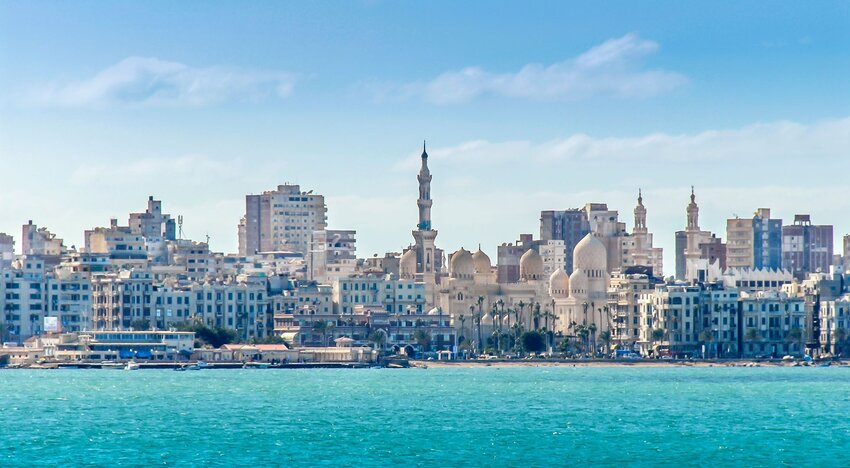
Although the legendary lighthouse and library of Alexandria are long gone, this city where the Nile meets the Mediterranean is still worth a visit. Studious folks should spend a couple of hours reading in the modern library, built in 2002 as a tribute to the knowledge lost when the original library was destroyed. If you’d rather wander around outdoors, you’re in luck, as Alexandria has plenty of gardens and parks to enjoy. The vast Montazah Palace gardens are perched on the edge of the Mediterranean and are popular among locals and tourists alike.
Sidi Bou Said, Tunisia
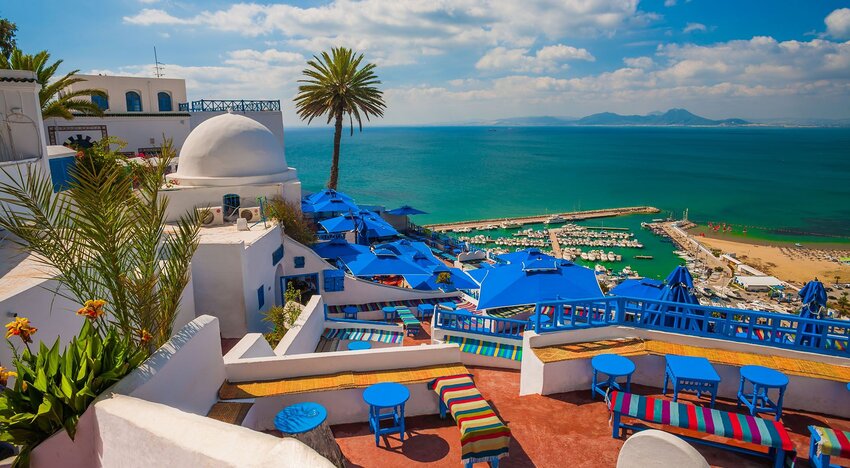
This blue and white village looks like it belongs in Greece, but it’s actually one of Tunisia’s best-loved getaways. Next door to the ancient kingdom of Carthage, Sidi Bou Said contains plenty of cultural treasures to be discovered. Its traditional domed buildings, intricate Islamic tile work, and picturesque color scheme have been preserved thanks to the lobbying of an eccentric French baron, whose hilltop house, Dar Ennejma Ezzahra, has since been turned into a museum. The view is spectacular, and you’re welcome to spend hours looking over the glittering Bay of Tunis just as the locals do. More activities can be found down in the marina, where you can rent a boat and cruise the Mediterranean in style.

